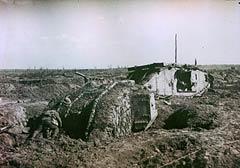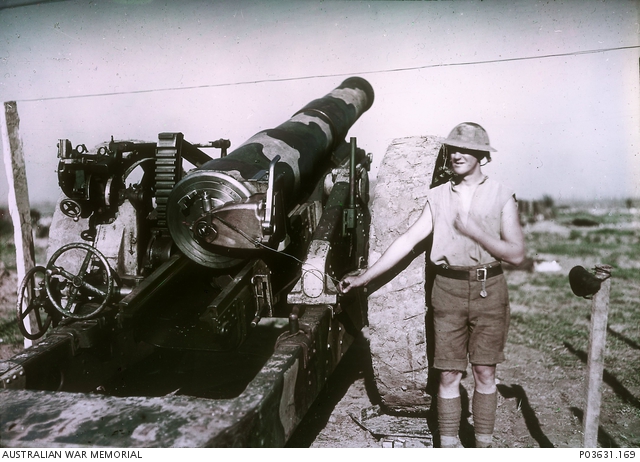Captured in colour: rare photographs from the First World War - Ypres
The British offensive at Ypres in 1917 came to represent all the horror and waste of the Western Front. Aiming not just to straighten out the salient, but to drive the Germans from Belgium, the offensive ended four months and half a million casualties later, just a few kilometres from where it began.
Australians spearheaded five of the 11 major assaults at Ypres during September and October: those at the Menin Road, Polygon Wood, Broodseinde Ridge, Poelcapelle and Passchendaele. The September attacks went relatively well, but in October the weather changed dramatically. Autumn rains turned the shell-torn ground into a morass, in which the wounded drowned and men struggled to make any headway. Thirty-eight thousand Australians were killed or wounded at Ypres.
Despite the difficulties of taking colour photographs in the field, Hurley and Wilkins achieved striking success. The expressions of bewilderment and melancholy on their subjects’ faces remain compelling almost a century later.
I pushed on up the duck-board track to Stirling Castle – a mound of powdered brick and from where there is to be had a magnificent panorama of the battlefield … About here the ground had the appearance of having been ploughed by a great canal excavator, and then reploughed and turned over and over again … Through this the wounded had to drag themselves and those mortally wounded pass out their young lives.
Frank Hurley, 20 September 1917

Frank Hurley
View from “Stirling Castle”, 20 September 1917
print from Paget plate
Depicting a desolate scene of war, this panorama was taken just over three hours after the opening of the battle of Menin Road on 20 September 1917. The battlefield, dotted with damaged tanks, appears largely empty of men, but in fact the ground teems with them, although most are hidden from view, in trenches or shell-holes. Over 5,000 Australians were killed or wounded here, most of them in bitter fighting around German pillboxes, including the one known as “Stirling Castle”, from which this photograph was taken.
This is the first time this panorama has been printed in colour. It is a digital print, combining three individual Paget plates.

Frank Hurley
Stretcher-bearers, 13th Field Ambulance, with killed and wounded, Westhoek Ridge, October 1917
print from Paget plate
P03631.176
Frank Hurley
Gunner Harold Triggs, 1st Australian Siege Battery, September 1917
print from Paget plate P03631.169
Gunner Harold Alexander Triggs about to fire No. 2 gun of the 1st Australian Siege Battery. This 8-inch battery was positioned at Birr Crossroads in Belgium, and on 26 September 1917 was being “ranged in” prior to the attack on Polygon Wood two days later. Triggs was killed in action on 5 July 1918, near Lamotte in the Nieppe Forest.
Frank Hurley
Australian working party, Voormezeele, August 1917
A group of Australian soldiers, with horses and carts, gathering materials in the ruined Belgian village of Voormezeele. Some temporary shelters can be seen among the ruins.
print from Paget plate
P03631.182

Frank Hurley
Damaged tanks and dead Australians, Menin Road, 20 September 1917
print from colour Paget plate
Mitchell Library, State Library of New South Wales ON 25/5


